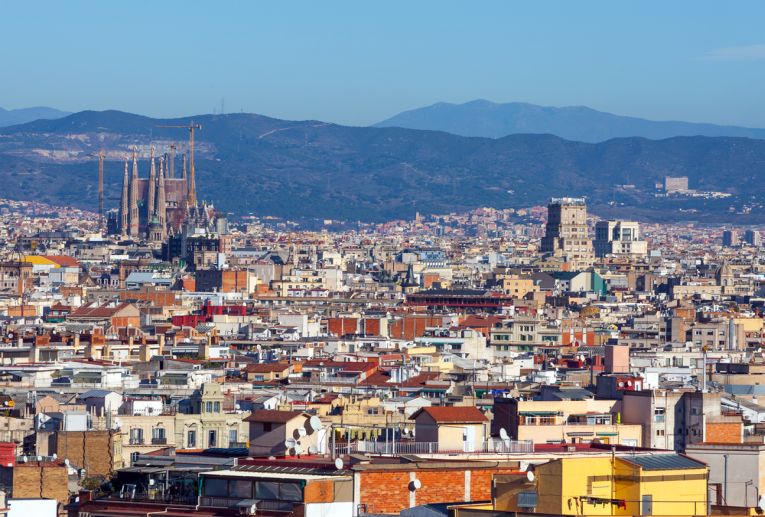88% of European urban citizens are exposed to high levels of particulate matter, according to the UN World Health Organisation.. We often report the dire Chinese air quality and mention the haze over Singapore, but why is Europe so polluted in places? The EEA wisely hang out in Copenhagen, where the levels are even below the 14% and16% reduction in particle emissions (PM) that average out over the continent. The gaseous emissions also decreased over the decade of the study, but there is no room for complacency.
Another set of studies of 14 groups in 12 nations involved 74,000 women as reported in the Lancet medical journal. Here low birth weight is readily linked to exposure to quite low levels of PM2.5 particulate matter. Respiratory problems and cognitive effects are the recognised results of average low birth weights. In China hundreds of thousands or premature deaths were caused by extreme levels of PM2.5. From 2002 to 2011, Europe suffered much less than this!
Back to the EEA Report, ozone comes as a surprise package to most of us. Regarded as relatively harmless component of the upper atmosphere, protecting us from most shortwave ultra-violet rays, it was revealed in 2013 as causing high mortality from breathing problems such as asthma, and also affecting reproductive health. Some of the other pollutants have long been known to kill, increase health costs and shorten average life-span by a massive amount. Of course, crops vegetation and whole ecosystems also suffer from anthropogenic effects.
Acid rain, from sulphur and nitrogen oxides, is only the tip of the emission iceberg. 9% of forests and 25% of lakes still suffer from air pollution levels that exceed the EU limits for acidification. Even worse is the eutrophication of Europe's lakes and rivers, while the new findings on ozone do involve the plant kingdom too, causing necrosis when the powerful ozone gas descends to ground level and acts as an oxidising agent, even on buildings. To the immediate south and east of the Alps, factors combine to produce very high ozone levels, whereas the European north-west and the east is virtually free of the gas. Apparently, it's the heat and the dryness of summers under high air pressure that cause this high concentration.
Both carbon monoxide and nitrogen oxides contribute to the synthesis of ozone at ground level. While carbon monoxide fell by 32% and the nitrogen gases by 27%, they still give rise to anxiety from the EEA and still produce high ozone levels. Although only the figures for 2003 cause concern in the cities studied, almost all city dwellers (98%) suffer from ozone levels above the WHO recommendations. Many other cities worldwide have to consider their pollution in this respect, considering the recognised dangers to the unborn and the health costs generally.
Elsewhere the range of modern pollutants and particles is causing effects at least as grave as the ozone levels. It is to be hoped that every country will soon begin such careful stewardship of their air as the Europeans. The cost is equalled by the number of lives saved and economies made by the subsequent efforts at improvement. The EEA produced the paper in the Air quality in Europe 2013 report.










